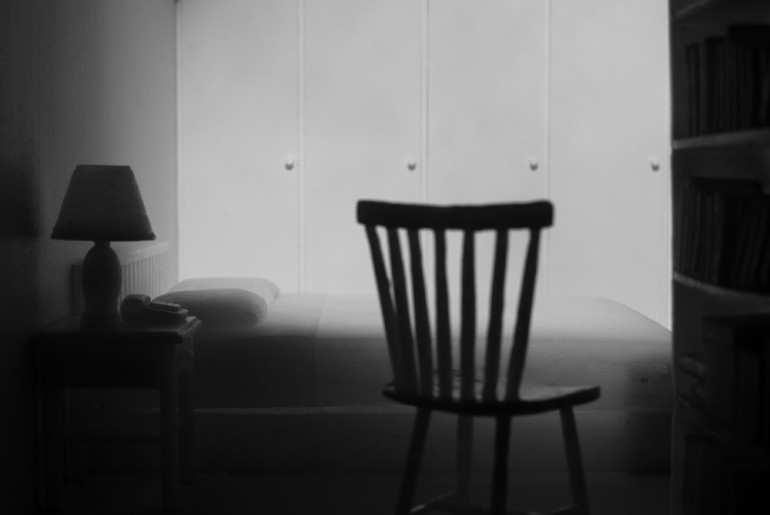

November 29, 2007
Opening: 29.11.2007, 6.00 pm
30.11.2007 – 31.01.2008
Cooperation: Embassy of Sweden
This is the first showing of an original project done especially for Foksal Gallery by one of Sweden's most interesting younger generation artists, Jonas Dahlberg.
Jonas Dahlberg was born in 1970 in Uddevala, Sweden. He studied art history at Göteborg University, architecture in Lund, and art at the Malmö Art Academy. Most of his work is with video art. He is associated with one of the leading galleries in Sweden, the Galerie Nordenhake (Berlin/Stockholm), and also works with the PKM Gallery (Seoul/Beijing), Galeria Juana de Aizpuru (Madrid), and the Magazzino de Arte Moderna (Rome). He has taken part in exhibitions from New York to Seoul. His works are to be found in numerous collections, public and private. They have been shown in such venues as the Moderna Museet in Stockholm (2005 and 2006), the Marian Goodman Gallery in Paris (2005), at the 50th Venice Biennale (2003), the São Paulo Biennale (2004), Manifesta 4 in Frankfurt (2002) and many other galleries and art centres around the world. Covered by international art magazines, including Flash Art and ARTFORUM, Dahlberg's considerable output has made him a familiar name in many countries. His work was first seen in Poland at the collective exhibition Ideal City-Invisible Cities held in Zamość in 2006.
Using video as a medium, Dahlberg's films testify to his interest in architecture, and specifically its relationship with the human psyche. To make his films he often uses extremely detailed architectural scale models of real or imagined spaces such as the hotel rooms and corridors in Untitled (Vertical Sliding) 2000, and Untitled (Horizontal Sliding), 2000/2001, or the architecture on a single street, as in One-Way Street, 2002. These mock-ups reminiscent of minimalist sculpture are then sometimes made part of the exhibition, As a result, his works exist somewhere in-between film, installation, and artistic intervention.
A recurring topic in Dahlberg's work is observation – the state of being under surveillance. Viewers are usually placed in the dual position of observer and observed. In the second instance, the unpleasant sense of being spied upon is paradoxically aggravated by the distressing absence of people.
The exhibition at Foksal Gallery shows three photographs and a film, an attempt to create mental architecture of a home which is slowly dissolving.